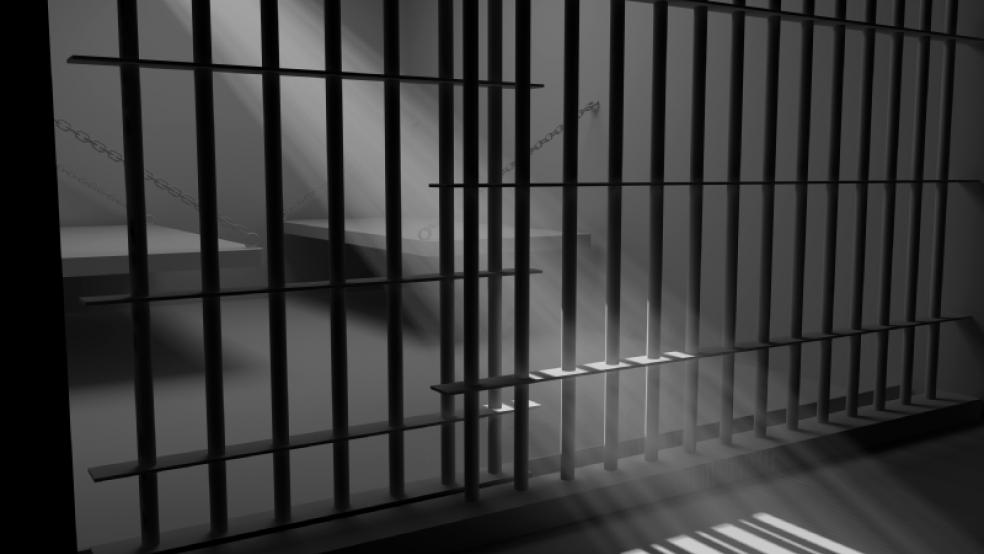As shocking and depressing as the new Human Rights Watch report on abuse of mentally ill prisoners is, it should come as no surprise.
Experts have been warning for years that state and local governments have been using prisons and jails to warehouse mentally ill people, and now we are beginning to see in vivid detail the tragic consequences of those policies.
The new 127-page report, “Callous and Cruel: Use of Force Against Inmates With Mental Disabilities in U.S. Jails and Prisons,” provides a grim laundry list of case studies and abuses. They include widespread use of chemical mace and electric stun guns to control agitated, mentally ill inmates, or strapping them into restraining chairs for days on end.
Related: How the Mentally Ill Are Being Warehoused in Prisons
In many cases, prison staffers have broken prisoners’ jaws, noses and ribs in violent outbursts, according to the report, or left them with deep cuts that required stitches, burns and serious bruises. In a few instances, jail and prison staff abuse has led to the deaths of inmates who were suffering from schizophrenia or other serious mental illness and left to flail or lie inert on the ground.
“Jails and prisons can be dangerous, damaging, and even deadly places for men and women with mental health problems,” said Jamie Fellner, U.S. program senior adviser at Human Rights Watch and the author of the report. “Force is used against prisoners even when, because of their illness, they cannot understand or comply with staff orders.”
Related: State Prisons Break Away from Soaring Cost Trends
“Untreated or undertreated because of inadequate mental health services, these prisoners may engage in conduct correctional staff consider annoying, bizarre, frightening, disruptive, or dangerous,” the report states. “They may refuse to obey orders, and they break the rules at higher rates than other prisoners. The default response of staff may be the use of force.
State and federal officials and lawmakers should have seen this tragic freight train coming, but for years they either ignored the frequent warnings from mental patient advocates and prison reformers or simply were unaware.
In April 2014, a study by the Treatment Advocacy Center and the National Sheriffs’ Association documented that ten times as many mentally ill people were being incarcerated in jails and prisons as were being treated in psychiatric hospitals and community facilities.
The report highlighted a massive breakdown in the nation’s mental health system that – regrettably -- began a half century ago and is ongoing. An historic shift in mental health care treatment from the states to federal government and local facilities beginning in the 1950s resulted in huge dislocation of the mentally ill, untold suffering by the most vulnerable in society, and a massive increase in the government’s overall cost.
Related: A New Push to Boost Spending on Mental Health
There have been efforts to address the problem, but they have been modest at best. The Obama Administration and Congress in recent years have sought greater parity in spending on mental health programs that traditionally have been treated as a stepchild of the nearly $3 trillion annual U.S. health care system. The passage of the Affordable Care Act made coverage of mental health and drug treatment one of the “10 essential health benefits” that all insurers must offer. But health insurers and government agencies don’t necessarily comply.
E. Fuller Torey, a psychiatrist and lead author of the Treatment Advocacy Center study, summed it up in an interview last year: “There’s been a fairly dramatic continuing increase in the number of severely mentally ill in jails and prisons. It’s gone up progressively since the 1970s. The fact is that in most states the largest de facto mental institution is a jail or prison.”
Top Reads from The Fiscal Times:



